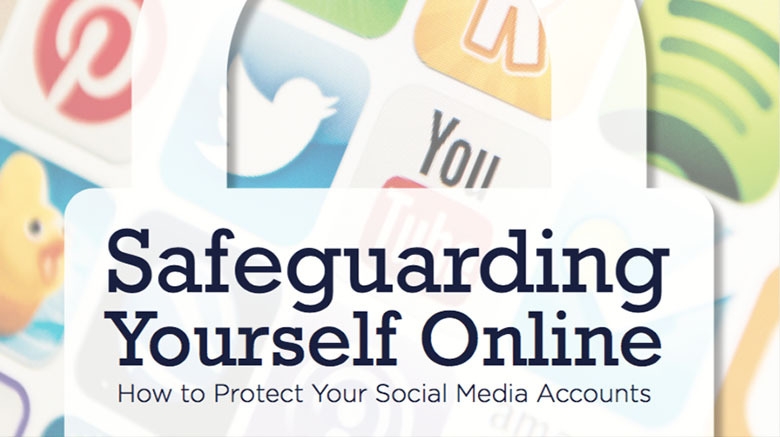Twitter. Instagram. Facebook. Snapchat. Millions of people check into these social media platforms and others like them several times a day. Billions of pieces of content are shared and passed around the world. And all it takes is a little oversharing, a tap on a link or the acceptance of a new “friend” for an account to be compromised.
The personal damage inflicted upon a teenager or young adult as a result of a hack or irresponsible post can live online for many years. Staying safe and responsible involves more than just a good password.
Helping You Secure Your Social Media Profiles
1. Turn on two-factor authentication: With two-factor authentication turned on, if an unrecognized device is trying to gain access to your account, a code is sent to your cell phone. Entry to the account is prevented until the code is entered. This setting is usually found in the privacy area of the social profile settings and is the best additional layer of security, outside of a strong password, that you can add to your accounts.
2. Add your phone number as a recovery option: Many social platforms will allow you to use your phone number as an emergency recovery option. If your account is completely compromised, you can have the social platform call your phone to help you recover and secure the account. Consider turning on this security feature.
3. Double-check privacy settings on each social platform: Does every Facebook user really need the ability to tag you in pictures? Do you really need to cross-post the same content from one platform to another? Spend some time learning about the platform privacy settings. Most setting choices usually have small information alerts or help topic call-outs next to the choice to guide you. Review your privacy settings monthly.
4. Don’t be careless: Did you answer the account recovery question, “What color is your dog?” Or, “What is your aunt’s first name?” If so, then don’t post a picture of your dog or your aunt’s name! Getting access to your account can be as simple as looking at your profile to glean personal details, then trying to answer the account recovery questions. Review your questions and change as needed. Choose questions related to topics you aren’t talking about in your posts.
5. Use a strong password and don’t use the same one for every social platform: Yes, it’s difficult to remember them all, but it is better than having your account hacked and content posted by someone who isn’t you.
6. Connect only with people and accounts you trust: Your account may be “private,” but if you have 5,000 followers, is it really private? Choose your social circle carefully. What do your following, and those you follow, say about you? Are the people with whom you connect really who they say they are?
7. Be careful about broadcasting your location: Many social platforms permit you to check in or share your location alongside a post. While it can be fun to tell all your followers that you are sitting in the front row at the world’s
best concert, activating the location option on a social post will generally make that post public, even if the rest of your account is private. Carefully choose when you want to alert the world to where you are, what you are doing and who you are with.
8. Don’t click suspicious links, click-bait links or overly bombastic headlines: From a social media security perspective, these are very often phishing attempts to gain access to your personal data and accounts. Don’t take the bait.
9. Deleting social content doesn’t mean it is gone: If the post was shocking, possibly offensive or involved others, make the assumption that someone already took a screenshot of it. Post responsibly. Don’t be mean. Be polite, be kind, be respectful. When you make a mistake in content and/or tone, acknowledge it, apologize and move on.


